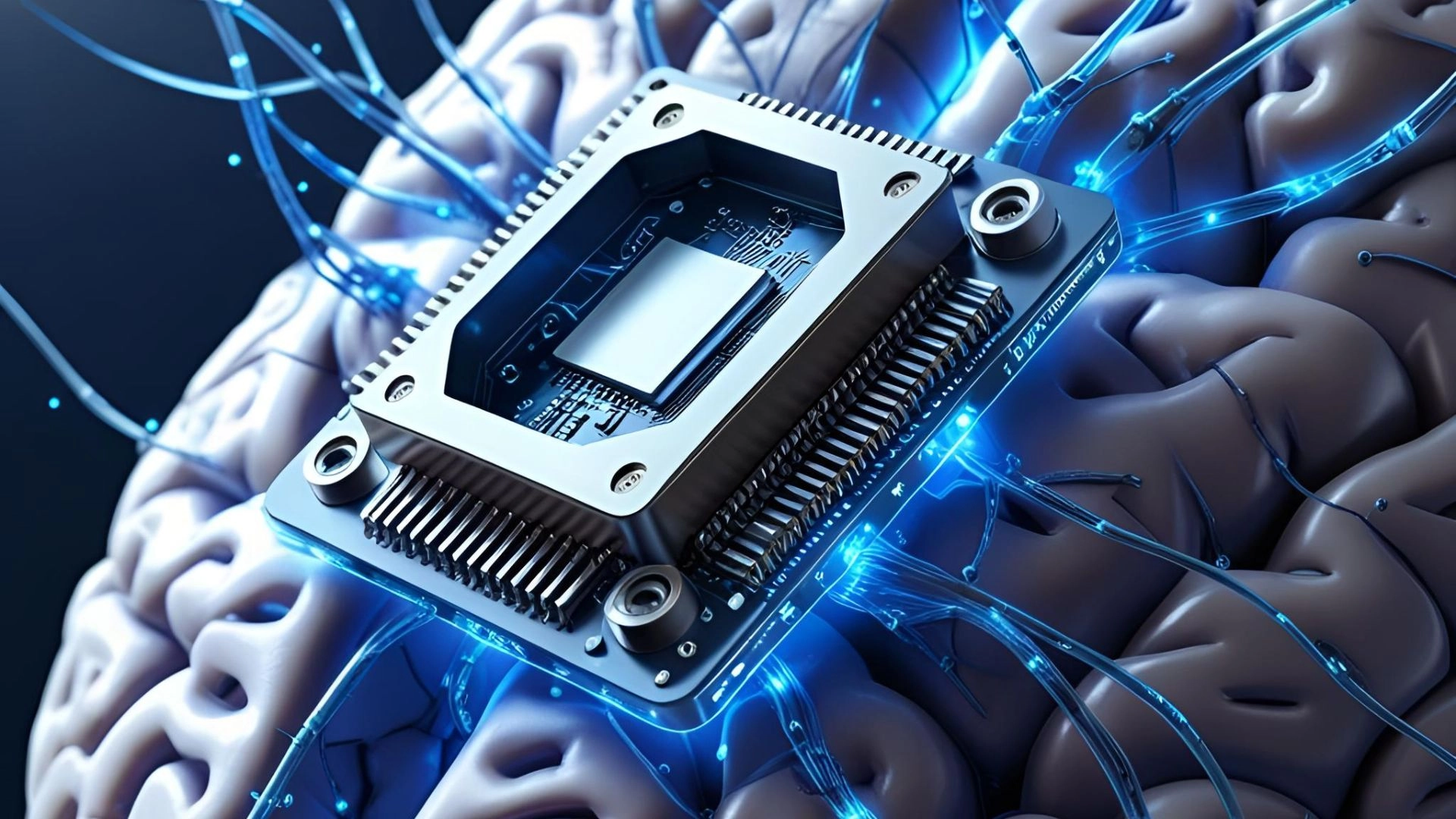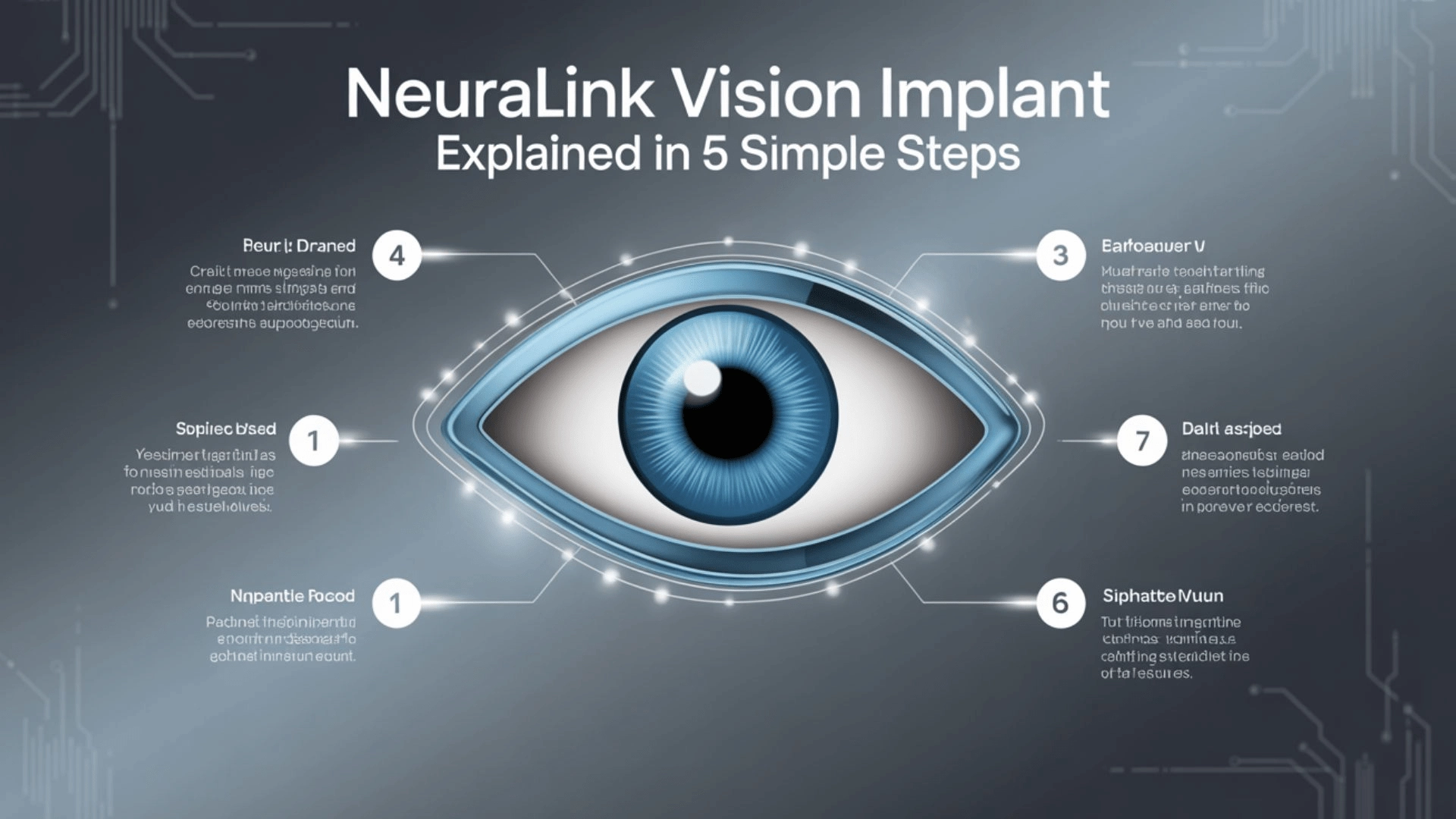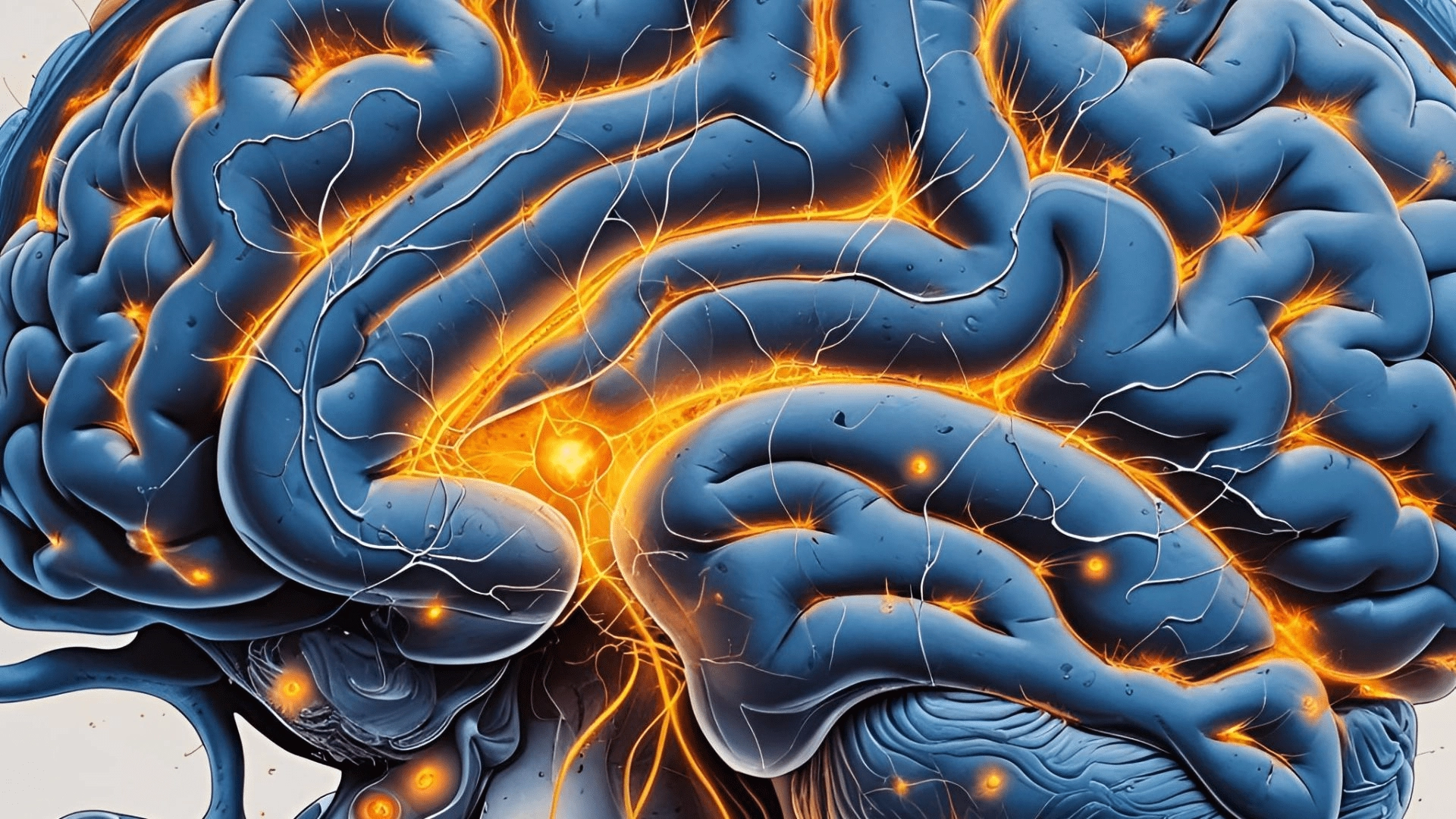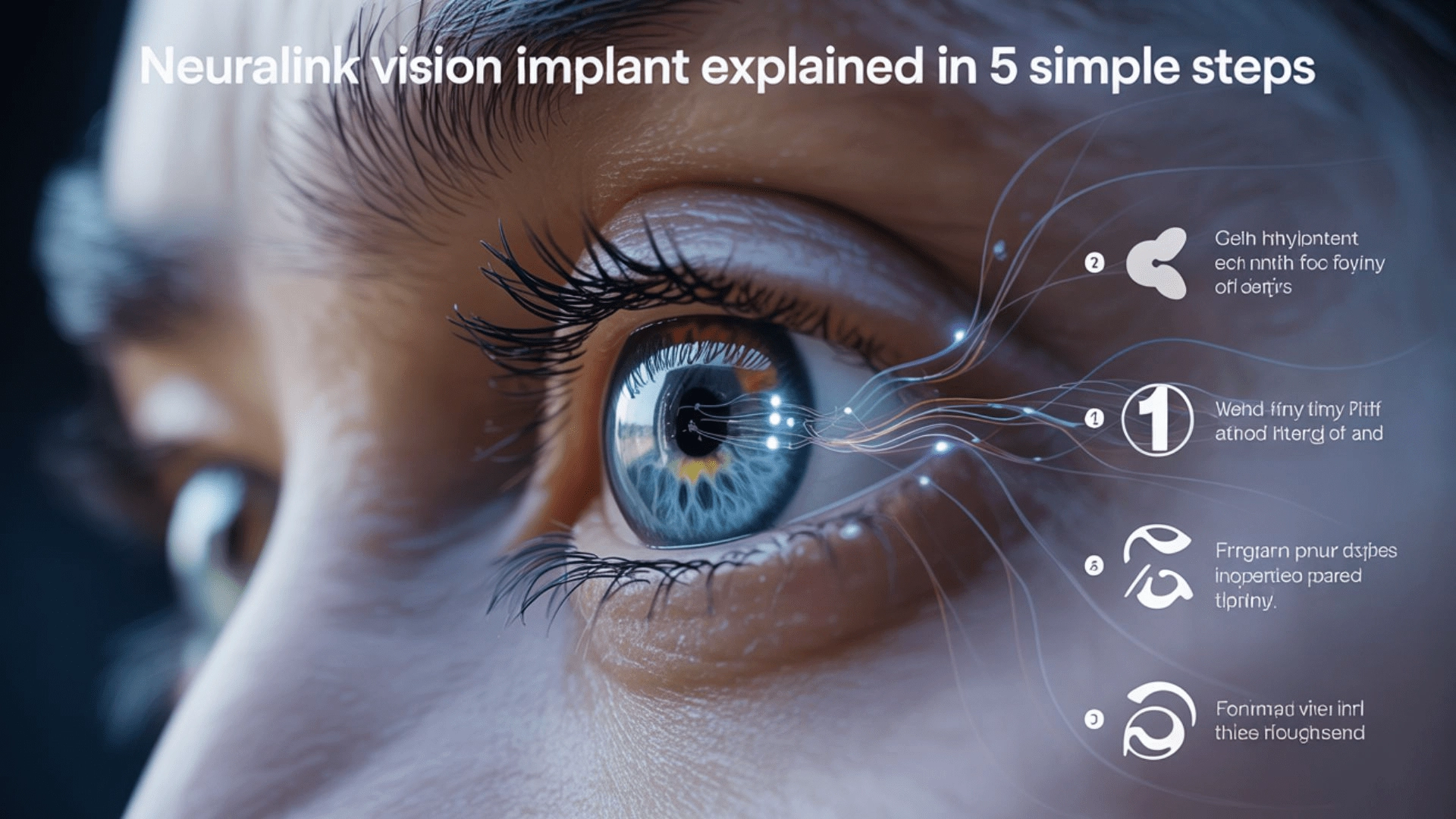What Is Neuralink?

Neuralink is a company built by Elon Musk. Its goal is to link the human brain with machines. This happens through a small device called the Neuralink chip. The chip helps people with brain problems. One of its big goals is to help people see again using a vision implant.
The Elon Musk brain chip is not only for fun science. It aims to solve real problems like paralysis or blindness treatment. Musk wants humans to merge with AI. That dream is known as human-AI symbiosis. One way to reach that goal is through restoring vision using new neurotechnology. This dream is clearly explained in the Neuralink Vision Implant Explained in 5 Simple Steps project.
The Mission Behind Neuralink
Neuralink wants to help people with serious brain or body issues. This includes those who can’t see or walk. The chip may fix signals between the brain and the body. In the case of blindness, it may send a visual signal decoding straight to the brain, skipping the eyes.
Elon Musk’s Role and Vision

Musk believes people can regain their sight even if their eyes don’t work. He says Neuralink will be the first to restore sight. This is not science fiction. It may be done using a tiny brain implant and an AI-driven implant inside the brain’s visual cortex.
How Neuralink’s Vision Implant Works
The Neuralink chip is part of a system called a brain-computer interface. It sends and receives signals between the brain and a camera. The device sends pictures to the brain using electric signals. These signals create synthetic vision without using real eyes. These steps form the basis of the Neuralink Vision Implant, which is explained in the 5 Simple Steps model.
The brain-computer interface sits near the visual cortex, which helps us see. The chip uses wires thinner than hair. These wires go into the brain. They read brain activity and send signals. This creates brain signal processing to help users “see” images.
Brain-Computer Interface (BCI) Basics
A BCI works like a two-way road. It takes in brain signals and sends them to a device. Then, it sends replies back to the brain. This means the brain implant could read what you think and help you see what’s in front of you using the Neuralink chip.
Decoding Visual Signals to the Brain
The AI-driven implant sends fake images straight into the brain. These images look real to the user. The chip skips the eyes. It goes to the brain using electrode mapping. The goal is to help people with optic nerve bypass or retinal damage.
Step 1 – Implantation in Monkeys
The first tests used animals. Monkey testing helped show if the Neuralink chip works. Monkeys were trained to look at and touch shapes. The test checked if they saw using the neural implant, not their eyes.
This helped show that synthetic vision is possible. The brain still understands light and shape, even if the eyes don’t work. Tests tracked how well the monkeys reacted.
Why Monkeys Were Chosen for Testing
Monkeys have brains like humans. They help show if the chip will work on people. Their visual cortex is close to ours. Their results guide the next step: human use.
Ethical Considerations in Neural Testing
There are ethical concerns in neural testing. Some groups don’t like animal tests. But Neuralink says they treat animals well. They use anaesthesia and safe methods. This helps protect the monkeys.
Step 2 – Connecting the Implant to the Visual Cortex

The chip needs to talk to the visual cortex to work. This area of the brain handles images. It lets you see what’s in front of you.
When the chip sends signals here, the brain sees images. Even without working eyes, you could “see” again. That’s what makes vision restoration possible. This is detailed further in the Neuralink Vision Implant Explained in 5 Simple Steps discussion.
Understanding the Visual Cortex
The visual cortex is the brain’s camera. It helps turn light into shapes and motion. Neuralink uses it to show pictures directly inside your head.
Neurons, Electrodes, and Signal Mapping
The chip uses thin wires to connect with brain cells. This is called electrode mapping. Over time, the brain learns to understand the signals. The result is visual signal decoding.
Step 3 – Signal Processing & Stimulation
After placing the chip, it starts working with the brain. It sends new signals. These signals tell your brain what to “see.”
The implant uses AI to build pictures. Then, it sends them to your brain. You don’t need working eyes for this.
AI-Driven Visual Translation
The chip uses a camera to see things. It turns this into brain signals. These are passed to the visual cortex in real-time. This is called real-time neural communication.
Real-Time Neural Communication
The brain gets live updates from the chip. You could see someone walking in front of you even if your eyes are closed. This could lead to augmented vision enhancements in the future. It aligns with the idea behind Neuralink Vision Implant Explained in 5 Simple Steps.
Step 4 – Monkey Reaction and Vision Simulation

Once monkeys had the chip, they were tested again. They passed vision tasks. They could track objects. This showed that the chip created a real vision.
The tests proved that the brain stimulation works. The monkeys were seeing again. This was done without eyes. Only the brain was used.
Did Monkeys “See” Again?
Yes. They could find food, toys, or other items. They used synthetic vision. This confirmed that the chip worked.
How Neural Feedback Was Measured
Researchers used cameras, brain scans, and timing tools. They tracked what the monkeys did. This is called neural feedback. It showed that their brains were seeing the world.
Step 5 – The Road to Human Application
The U.S. government has given Neuralink FDA approval. This means the chip can be tested in people. It is one step closer to helping humans.
The next step is human trials for Neuralink. People who are totally blind will be the first testers. This brings hope for many. The full journey is outlined in Neuralink Vision Implant Explained in 5 Simple Steps.
Clinical Trials & Human Use Cases
People with retinal damage or optic nerve bypass issues will be first. These trials will show if the chip works. The hope is to help people restore sight.
Restoring Sight for the Visually Impaired
The idea is to make blindness treatment possible. With time, it could help millions. The chip may bring vision back to life.
1. How does the Neuralink implant work?
The Neuralink implant uses a brain-computer interface to send and receive signals directly from the brain. It connects with neurons to help restore lost functions like sight or movement.
2. How does Neuralink eyesight work?
Neuralink bypasses the eyes by sending visual data straight to the visual cortex using electrical signals. This creates artificial sight without needing functional eyes.
3. What is the vision statement of Neuralink?
Neuralink aims to merge humans with AI and solve major neurological problems. Its vision includes curing blindness, paralysis, and enhancing brainpower safely and ethically.
4. What is the Neuralink device to restore vision?
The device is a tiny chip implanted in the brain’s visual cortex. As seen in the Neuralink Vision Implant Explained in 5 Simple Steps, it helps blind individuals regain perception through direct brain stimulation.
For more proven digital side hustles, tools, and tech-driven income strategies, visit our Homepage at DeepTechly.
Final Thoughts on the Neuralink Vision Implant
The idea of making blind people see is no longer science fiction. The FDA-approved brain chip by Neuralink is proof. It might change lives. The full explanation can be found in Neuralink Vision Implant Explained in 5 Simple Steps.
With Neuralink Vision Implant Explained in 5 Simple Steps, the world may enter a new age. This chip is small, but its dream is huge.

Welcome to Deep Techly! I’m Sharjeel Harsh, an AI-Powered SEO, and Content Writer with 4 years of experience.I help websites rank higher, grow traffic, and look amazing. My goal is to make SEO and web design simple and effective for everyone.Let’s achieve more together!
